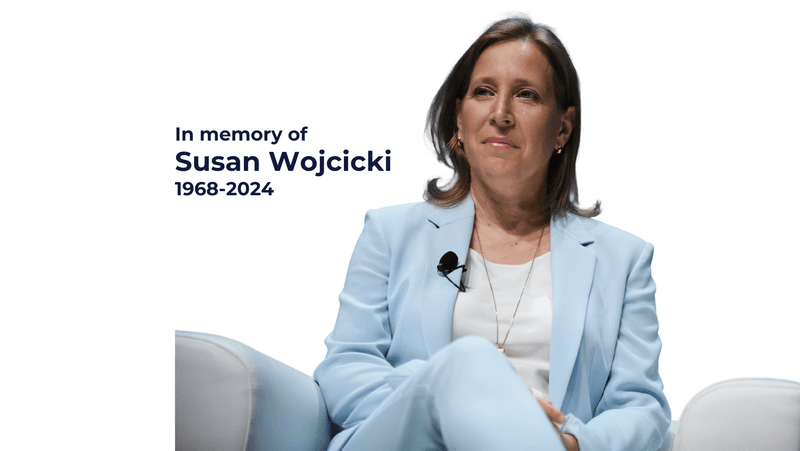
In our relentless pursuit of empowering women in the workplace, we understand the pressing concern of burnout in today's world.
While not classified as a medical condition, burnout has a profound impact on individuals' lives. A holistic approach to burnout considers three dimensions:
- Exhaustion: The feeling of being physically, mentally, and emotionally drained.
- Cynicism and Disengagement: A sense of detachment and disconnection from work and personal life.
- Lack of Personal Accomplishment: The feeling of ineffectiveness and diminishing self-worth.
So how can companies and women set themselves up for better work life integration and to avoid burnout ?
Nurturing a Culture of Rejuvenation: Prioritizing work life balance with ‘Wellbeing days’
Achieving work life balance is crucial to combating burnout and implementing ‘Wellbeing days’ are an excellent way to boost both employee welfare and productivity.
It's important to note that there's no one-size-fits-all approach to offering wellbeing days. A recommended starting point could be allocating one day per quarter for employees to focus on their well-being. However, it's essential for managers and employees to regularly evaluate this policy to determine if four wellbeing days per year align with their needs. Clear guidelines should be established on how employees can request these days, ensuring minimal disruption to work. While providing guidance, it's important to avoid being overly prescriptive about how these days should be used, as individuals have different interpretations of what constitutes "health", well-being and work life integration.
By incorporating wellbeing days into their culture, organizations demonstrate their commitment to employee well-being and create an environment where individuals can thrive both personally and professionally.
Setting Boundaries for Success: Effective Communication and Time Management
Women are generally raised to be people pleasers. We experience a greater fear of conflict, judgment, and rejection. Instead of prioritizing our own needs, we tend to juggle numerous responsibilities, including our jobs, career aspirations, and the needs of our families and friends. Unfortunately, this often leads us to compromise our health and well-being rather than facing the fear of saying "no" or initiating difficult conversations with our managers regarding necessary changes to our working conditions, which should benefit both ourselves and our employers.
Fortunately there is still hope. Dominique Antiglio, a sophrologist and wellness expert at the BeSophro clinic, suggests a straightforward solution to combat this troublesome aspect of modern work culture : saying 'no'—and saying it frequently so there is better work life integration.
According to Antiglio, saying 'no' is not just a way to reverse the tendency to constantly please others; it is also a method to establish boundaries in our professional lives and develop an approach to work that prioritizes wellbeing and better work life balance.
Admittedly, learning to say 'no' can be challenging, particularly if you have spent a significant amount of time saying 'yes.' However, with practice, Antiglio believes it is entirely possible.

"The initial act of saying 'no' can be quite daunting," she acknowledges. "It requires courage and confidence. However, saying 'no' is like exercising a muscle—the more you train it, the easier it becomes with each repetition."
These are just some initial thoughts to start with for better work life balance and work life integration for both employers and individuals. If you want to share more about your experience in your workplace, share with our wider community by leaving a review here.
.


